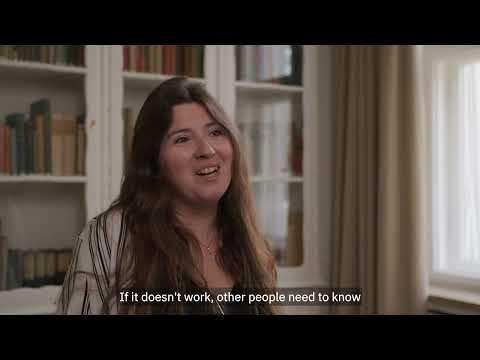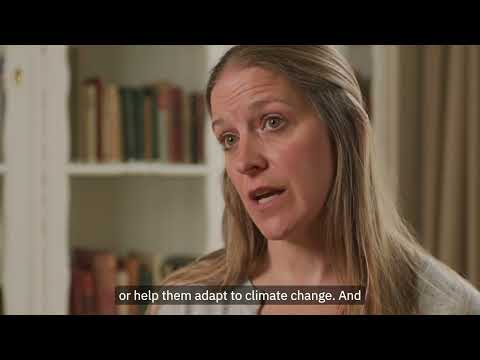
The Peace Pillar integrates climate and environmental security into peace programming in Iraq, Nigeria, Yemen, Somalia and the Bay of Bengal in partnership with the Berghof Foundation, the Centre for Humanitarian Dialogue (HD) and the European Institute of Peace (EIP). Through and from implementation, the Peace Pillar aims to share and elevate evidence-based recommendations on mainstreaming climate security to support sustainable peace processes.
Impact Stories
Explore impact notes that showcase how the Weathering Risk Peace Pillar is making a difference in the lives of people living in communities most impacted by climate change and conflict and how projects and assessments are facilitating better policies.
- Enhancing Monitoring, Evaluation and Learning MEL for Conflict And Climate Resilience: Lessons from the Weathering Risk Peace Pillar
- Reaching a peace agreement in Nigeria’s Middle Belt: Shared natural resource use in the climate crisis
- How does a radio programme promote climate resilience and peacebuilding in Somalia?
- Addressing environmental and water challenges unites divided villages in north eastern Kurdistan Iraq
- Voices from Yemen – How environmental dialogues can contribute to resilience and peace
- Bridging divides between IDPs and host communities in Iraq through dialogues on climate change
- Voices from the Bay - Making a fishing ban work in the Bay of Bengal
Generating evidence for peace
To better understand the value of integrated peace programming, the Peace Pillar monitors and evaluates the impact of its project interventions across its different peace, climate and environmental dimensions. The collected lessons learned, best practices and insights will be shared with practitioners and policy makers to develop a growing evidence base, enabling more targeted and systematic integrated peace programming in the future.
Driving dialogue between geographies
Climate change and environmental challenges can, depending on exposure and contextual vulnerabilities, contribute to increased conflict and insecurity. Exchange and learning between different regions and contexts can help practitioners and policy makers arrive at better solutions to address these risks.
Importance of engaging local actors
The Weathering Risk Peace Pillar translates climate-security foresight and analysis into peacebuilding action where it is needed most. Partners work across the globe to engage local actors and ensure projects are context specific, informed by a bottom-up approach and locally owned.
Q&A with the Weathering Risk Peace Pillar
The Weathering Risk Peace Pillar is harnessing the integration of climate and environmental challenges into peace programming for improved outcomes in regions severely affected by both violent conflict and climate change. Across Nigeria, Iraq, Somalia, the Bay of Bengal and Yemen, the Peace Pillar is already improving trust-building, a key step to peace.
But what does this look like in practice? Partners from all five of the Peace Pillar’s projects shared how climate and environmental considerations are being harnessed in their projects.
WATCH: Peace Pillar projects in action
More content on the Peace Pillar:
- Project website
- Podcast interview with project partners

















